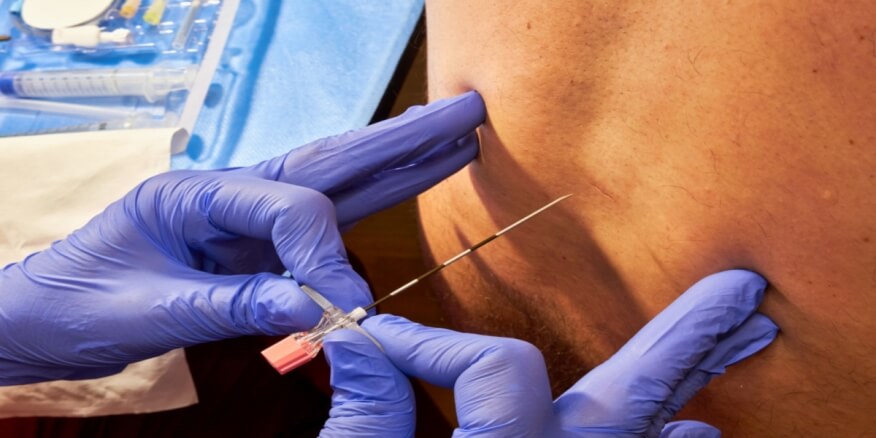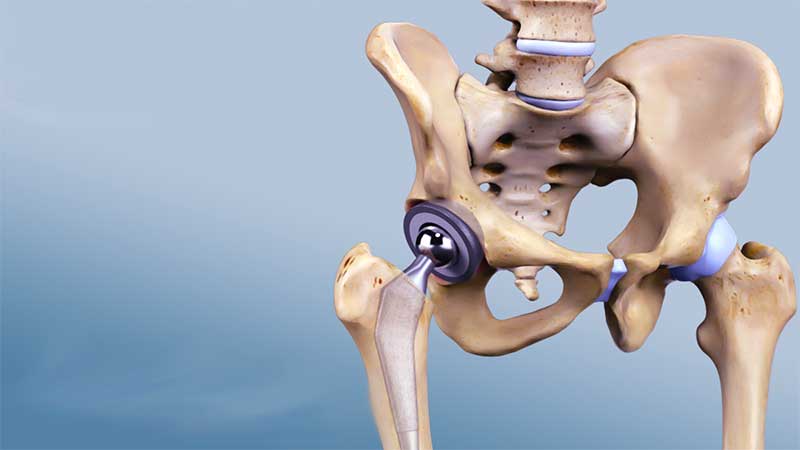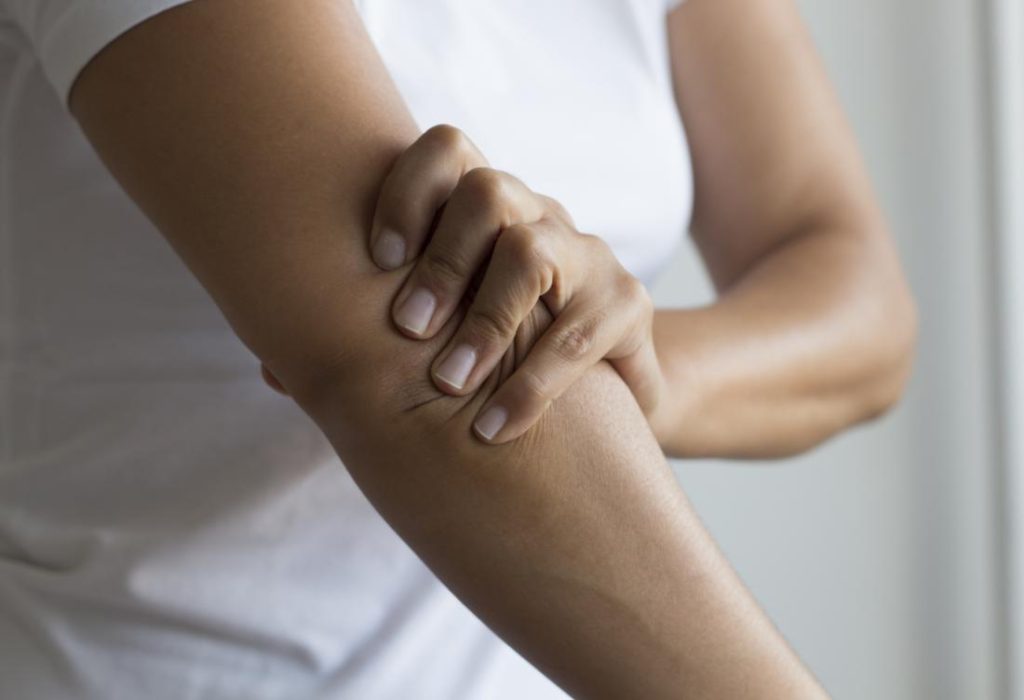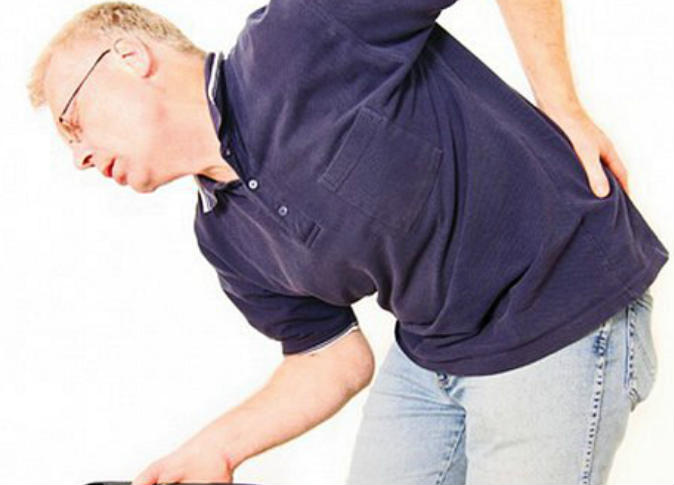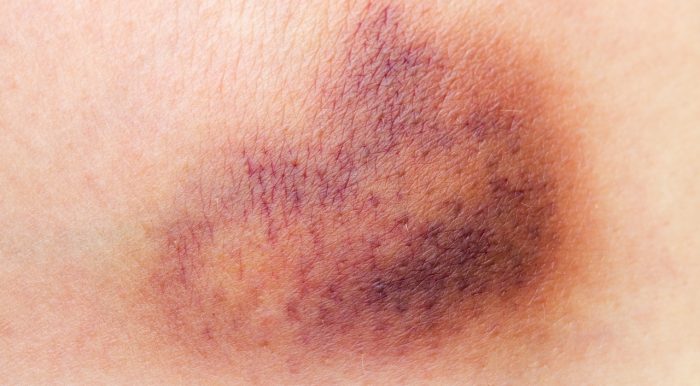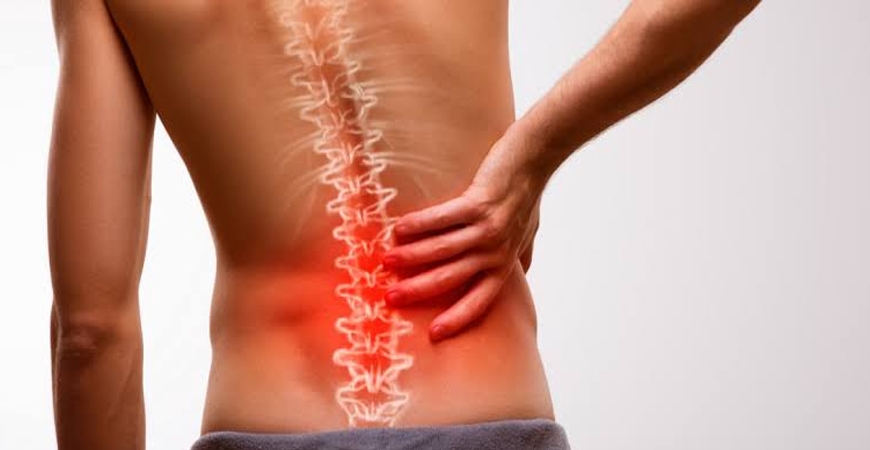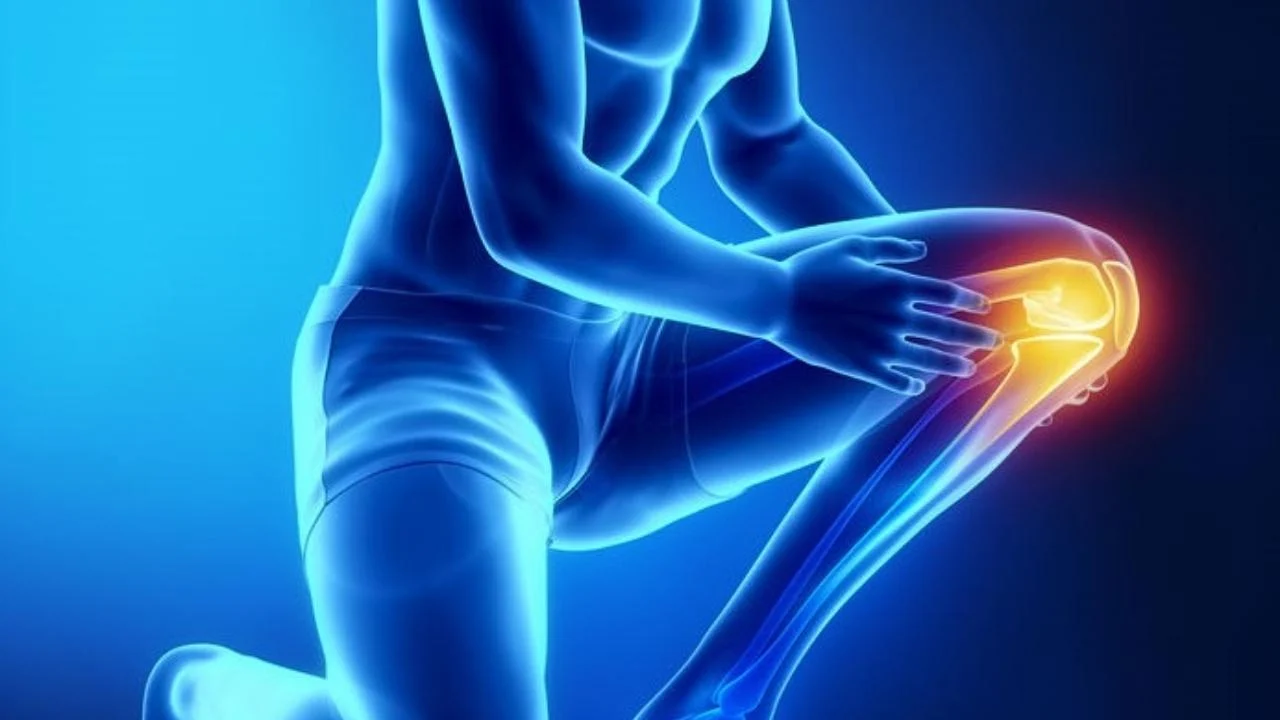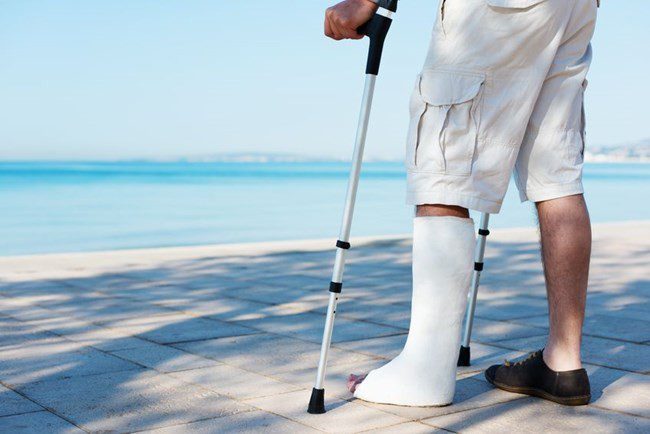Learn more about knee fluid replacement methods
The synovial fluid that is present in the knee joint has a major role in reducing friction during movement and acts as a shock absorber in the knee area, and suffering from a deficiency in this fluid causes many problems for the individual, in the following article, we will learn how to avoid this and what are the reasons leading to it.
Knee fluid replacement
When we talk about the knee joint and the problems related to it, the best solution is by drinking a large amount of water and following a healthy and balanced diet to compensate for the elements that the human body lacks and this has a great role in alleviating the roughness of the knee, and there is another method that is resorted to replacing the knee fluid and this is considered more effective, and for example:
- Exercise: Some types of exercise increase the perfusion of the joints and provide them with the necessary food.
- Glucosamine and chondroitin: They are two types of nutritional supplements that greatly help in increasing the proportion of hyaluronic acid that is present in the synovial fluid in the knee, which contributes to the treatment of knee roughness significantly.
- Hyaluronic acid injections: It is taken directly into the joint by the specialist doctor, as it greatly helps to reduce friction between the bones in the joint.
The best way to increase the secretion of synovial fluid in the body is by taking dietary supplements that contain amino sugar (Glucosamine) because of its great effectiveness in enhancing the secretion of this fluid, but it must continue to be taken for a few months until it is realized that there is a noticeable development in the density of the synovial fluid and follow up the results from time to time.
Getting rid of knee water
Many methods are followed to get rid of knee water, and the most appropriate one is chosen according to the extent of the deterioration of the patient’s condition and the main reason behind this happening from the beginning, and examples of ways to get rid of knee water:
Conservative treatment
Following this method of treatment focuses on providing adequate support to the knee joint and reducing swelling and pain, such as:
- Make sure to take plenty of rest for a few days.
- Apply ice packs to the injured knee.
- Keep the injured leg raised above the rest of the body so that it is close to the heart.
- Wearing a knee brace that works to limit movement and strengthen the bones.
- Follow the natural treatment method.
Pharmacotherapy
- It is possible to take some types of painkillers that do not require medical advice.
- Take non-steroidal anti-inflammatory drugs, such as ibuprofen, to relieve pain and swelling.
- Taking oral corticosteroids such as Prednisone, or using cortisone injections that are injected directly into the affected joint.
- If the swelling in the knee is caused by gout, colchicine is taken.
- If the patient had picked up an infection, he should take antibiotics.
- Take vital or anti-rheumatoid medications if the cause is arthritis or rheumatoid arthritis.
Surgical treatment
In severe cases that do not affect the previous treatment methods, a surgical solution is resorted to, and examples of surgeries used in this are:
- Arthrocentesis: in which fluid is removed from the knee.
- Arthroscopy: It is done by performing the restoration of damaged tissues.
- Joint replacement: This is when there is significant damage to the joint tissues.
Empty knee treatment
The empty knee is a term used by some individuals when the knee is dehydrated from synovial fluid, but this term is not considered normal and is not very common, and when the fluid dehydrates in the knee, there are many ways that the doctor prescribes to the patient to compensate for the decrease in the amount of this fluid and increase its secretion to prevent joint friction with each other.
In that case, the doctor also resorts to using hyaluronic acid injections, which is also known as synthetic synovial fluid, and this is a substance that bears specifications that are very similar to the natural materials that are present in the tissues of the knee, and that injection works to lubricate the surface of the joint, prevent friction and help the joint to perform its function in a good way, and this also contributes to alleviating pain, swelling, and inflammation.
Treatment of knee fluid deficiency with herbs
In addition to the presence of many therapeutic methods, the method in which herbs are used is preferred among many individuals, and helps in a way that relieves symptoms associated with knee roughness and others, for example:
- Willow bark: This herb is used by drinking and it has a very big role in reducing joint and knee pain and relieving inflammation, but it is better to be careful for those who suffer from digestive diseases, as well as those with diabetes, liver problems, those on blood thinners, and children under 18 years of age.
- Ginger: It is considered one of the best types of spices that are used in many foods, in addition to that it is drunk after boiling because of its many benefits, in addition to that it is a disinfectant for the throat and respiratory system. It also works to reduce inflammation and swelling resulting from joint problems, because it contains ingredients that are similar in action to non-steroidal anti-inflammatory drugs.
- Turmeric: It is one of the most commonly used herbs since ancient times in the treatment of many diseases and is very popular in Indian cuisine, contains curcumin, which has many benefits, and helps relieve symptoms of knee roughness and reduce inflammation and osteoporosis.
- Cinnamon: It has many uses in the kitchen, whether on baked goods, foods, or drinks, and its benefits are because it contains anti-inflammatory and antioxidants.
- Cat’s claw: This herb is found in South America and is available in the form of nutritional supplements in the market, and it has a great role in relieving pain and the ability to move the joint very effectively, but it is not desirable for pregnant women.
Is pulling water from the knee harmful?
The process of withdrawing water from the knee, which is known as puncture surgery, is resorted to when there are large amounts of fluid surrounding the knee joint, and this procedure is to improve the ability to move the joint and relieve pain. Medication may be injected into the knee after removing the fluid, such as plasma injections that are rich in platelets, oily injections, or cortisone.
Withdrawal of water from the knee is very safe and you do not need to worry about it, but in some cases, there may be some serious complications such as feeling pain in the area from which the water is withdrawn or the occurrence of blood pools in the place where the needle is inserted or exposure to purulent inflammation in the joint, and there are some cases that require a doctor’s intervention immediately, such as noticing a rise in temperature that reaches or exceeds 38, and the presence of redness, swelling, or bleeding from the site of withdrawal and a feeling of pain.
Treat knee water naturally
- Ensure plenty of rest and avoid any activity that requires high physical effort.
- Putting ice on the injured knee to reduce swelling.
- It is best to keep the leg elevated above the rest of the body.
- Wearing a knee brace that limits its movement and provides adequate support.
- Doing some physiotherapy exercises recommended by the specialist doctor.
Foods that replace the knee fluid
- Fish: It plays a major role in maintaining the integrity of bones and joints, such as salmon and trout, so you should be careful to eat them two to three times a week.
- Nuts: The joints contain many minerals and vitamins that are very beneficial for bone health, in addition to that they contain healthy fats, and for this reason, when suffering from any problems in the knee and joints, doctors recommend eating them daily.
- Avocado: one fruit is saturated with a lot of healthy fats that greatly benefit the body and bones, in addition to that it increases the flexibility of the joints and helps them move very effectively.
- Fruits: Some types of fruits are very beneficial for bones, in addition to making up for the deficiency in this synovial fluid, because they contain vitamins and minerals that are very important to the human body, and it is preferable to eat more red grapes and berries.
- Vegetables: They are rich in many important elements for the human body and help prevent erosion, and starchy vegetables have very many benefits, and it separates a lot of eating foods that are rich in vitamin C, such as peppers, cauliflower, and carrots.
- Natural healthy oils: It is better to focus on eating oils that are rich in healthy fatty acids and avoid hydrogenated oils that contain high levels of fat and harmful cholesterol, such as olive oil and flaxseed oil.
- Low-fat milk: It is a rich source of both calcium and vitamin D, which are of great importance for healthy bones and joints.
- Soy products: They treat joint and bone infections and reduce symptoms of osteoporosis, as they contain a large proportion of omega-3.
- Green tea: It contains antioxidants and polyphenolic compounds, as it reduces inflammation and joint roughness.
How to replace knee fluid
Some many simple methods and habits play a major role in compensating for the deficiency that individuals may suffer from, such as:
- Take care to lose excess weight to reduce pressure on the knee joint.
- Drink large amounts of water per day.
- Do regular exercise.
- Do some cold and warm compresses alternately from time to time.

